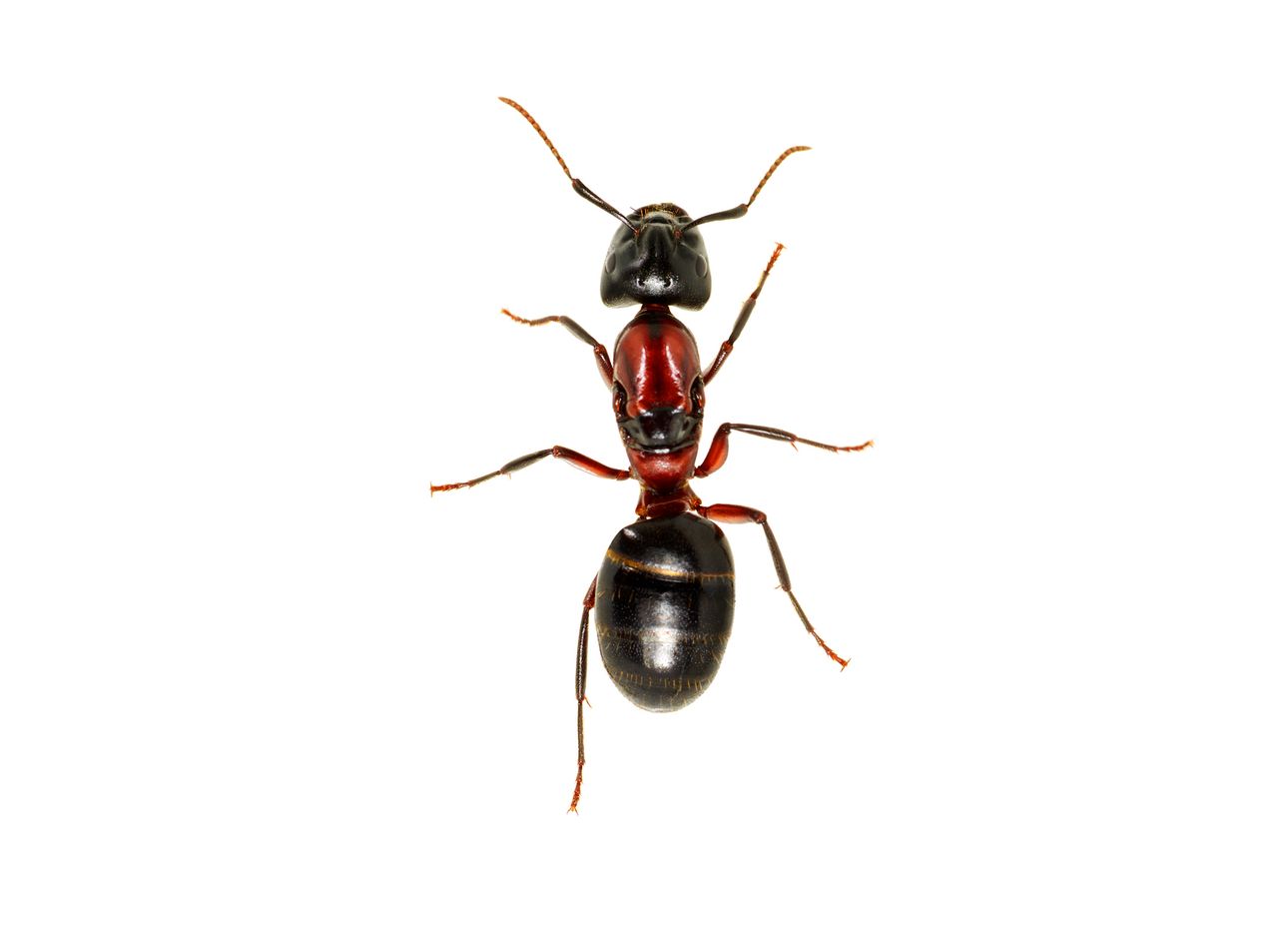
The Sophisticated, Scent-Centric Language of Ants
“Apparently some people can’t smell dead ants,” a stunned TikTok creator says in a post she made last November. “Dude, huh?” The video went viral, amassing hundreds of comments and replies that debated whether or not the fallen insects emit an odor, and if so, what it smells like.
While most responders had never associated ants with scents of any kind, it turns out that many species of the critter give off foul-smelling stenches when crushed or in danger. “There’s a whole bouquet of different scents and odors that are associated with ants,” says Clint Penick, a professor and principal investigator in the Penick Lab at Georgia’s Kennesaw State University, which studies the lives of social insects such as ants, bees, and termites. Citronella ants, for example, release a subtle lemony savor when squished, while trap-jaw ants produce a chocolate aroma. When threatened, carpenter ants spray formic acid, a vinegar-scented substance that can burn predators and ward off bears. The main reason people think they can’t smell ants, Penick says, is likely because they’ve never taken the time to try.
But the redolences our noses detect offer only the faintest whiff of an ant’s universe, in which scent is a primary form of language. “Ants rely on chemical communication,” Penick says. “They have one of the best senses of smell of any life on earth.” Highly sensitive chemical receptors cover an ant’s antennae, detecting pheromones (the chemical scent signals that animals produce) made by dozens of glands on their bodies. Ants use various mixtures of the substance to identify threats, members of their colonies, trails to food sources, and even the quality of those food sources, allowing them to create and participate in sophisticated social structures that have striking parallels to human society, such as architecture, social immunity, and the maintenance of armies. The next time you see one of these insects on your counter, consider giving it a closer look—and maybe even a friendly sniff.